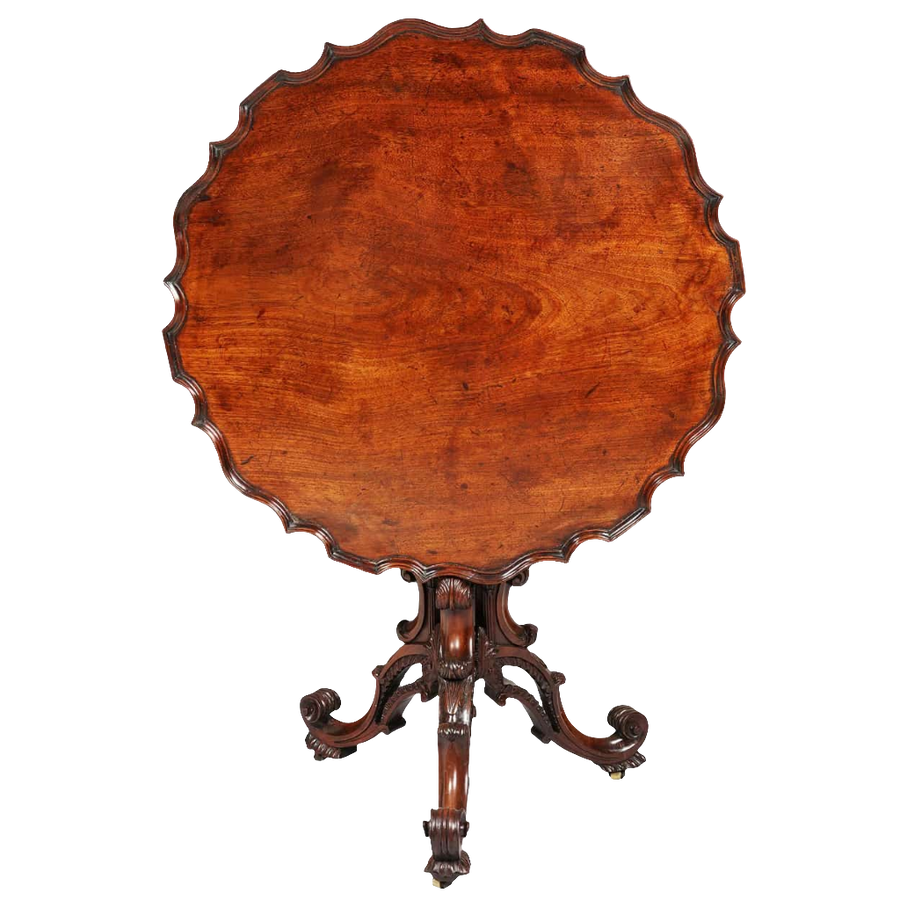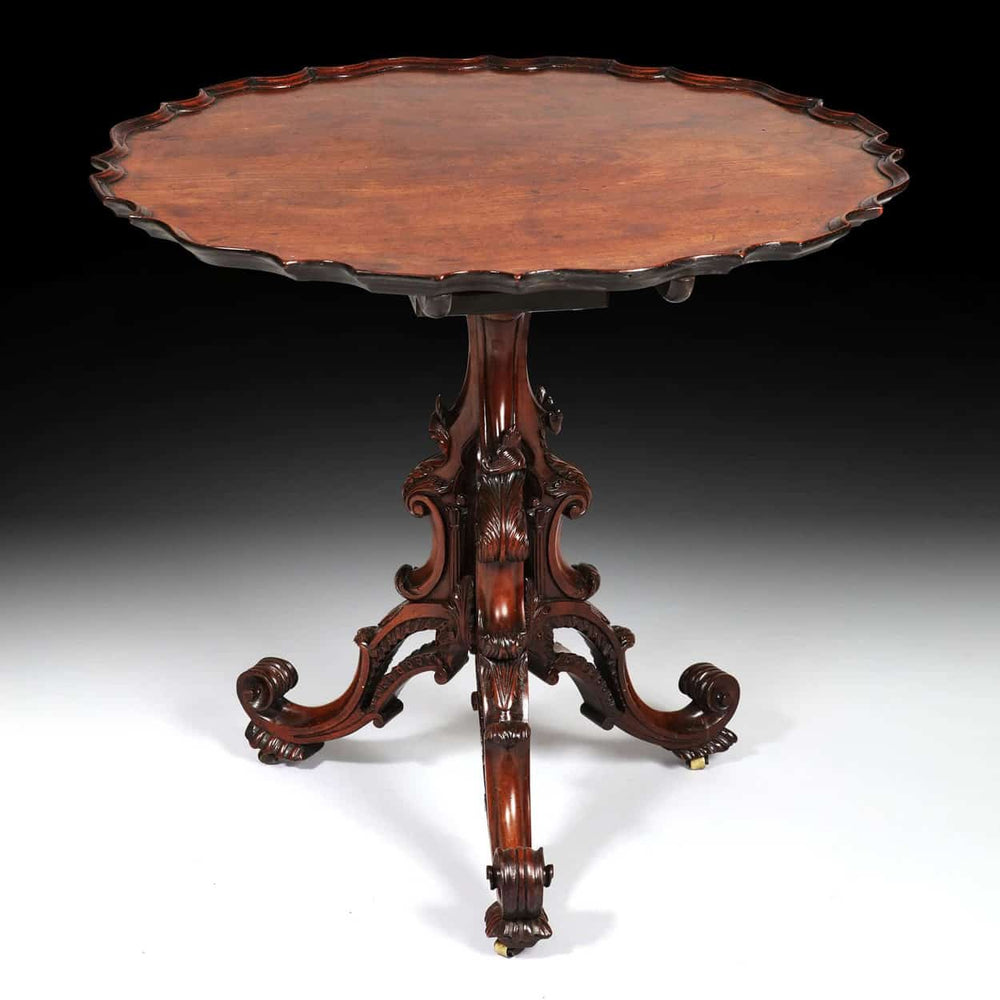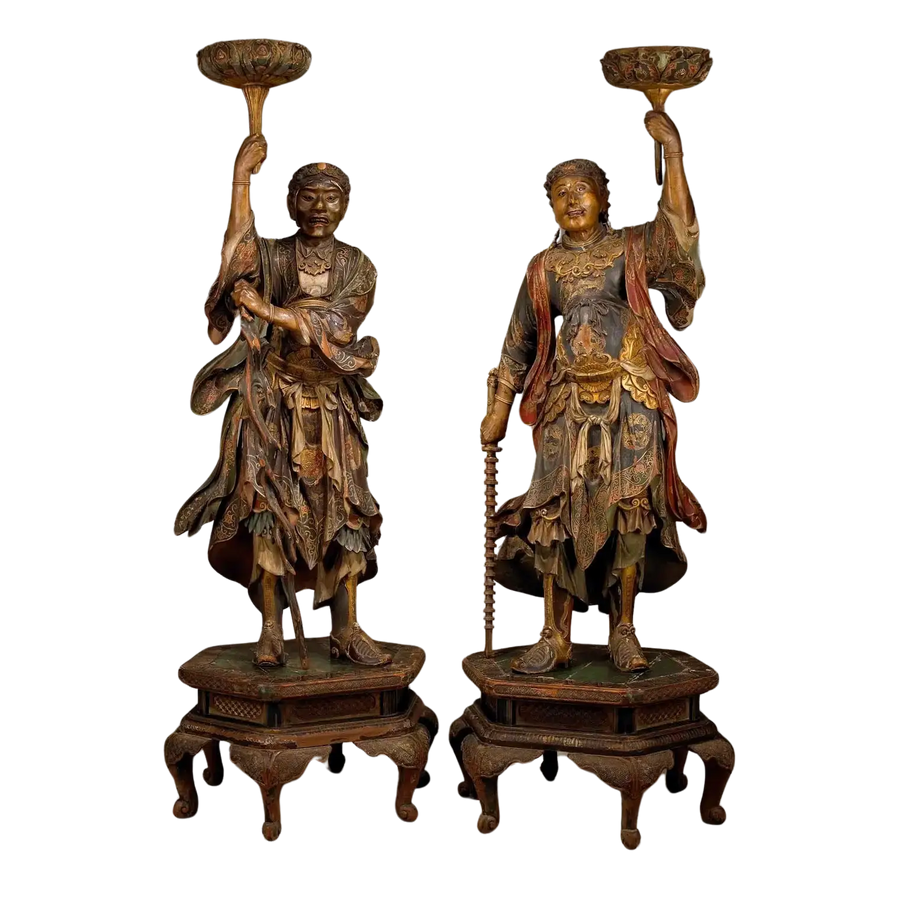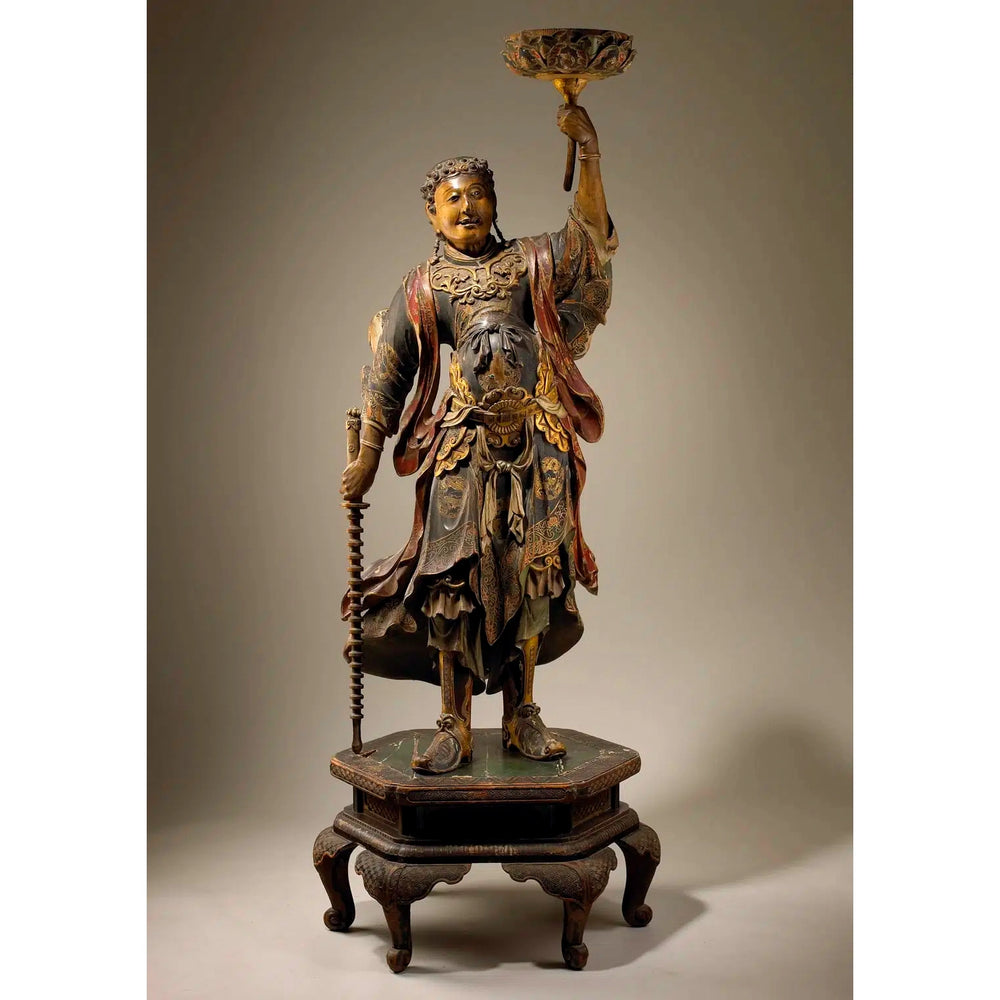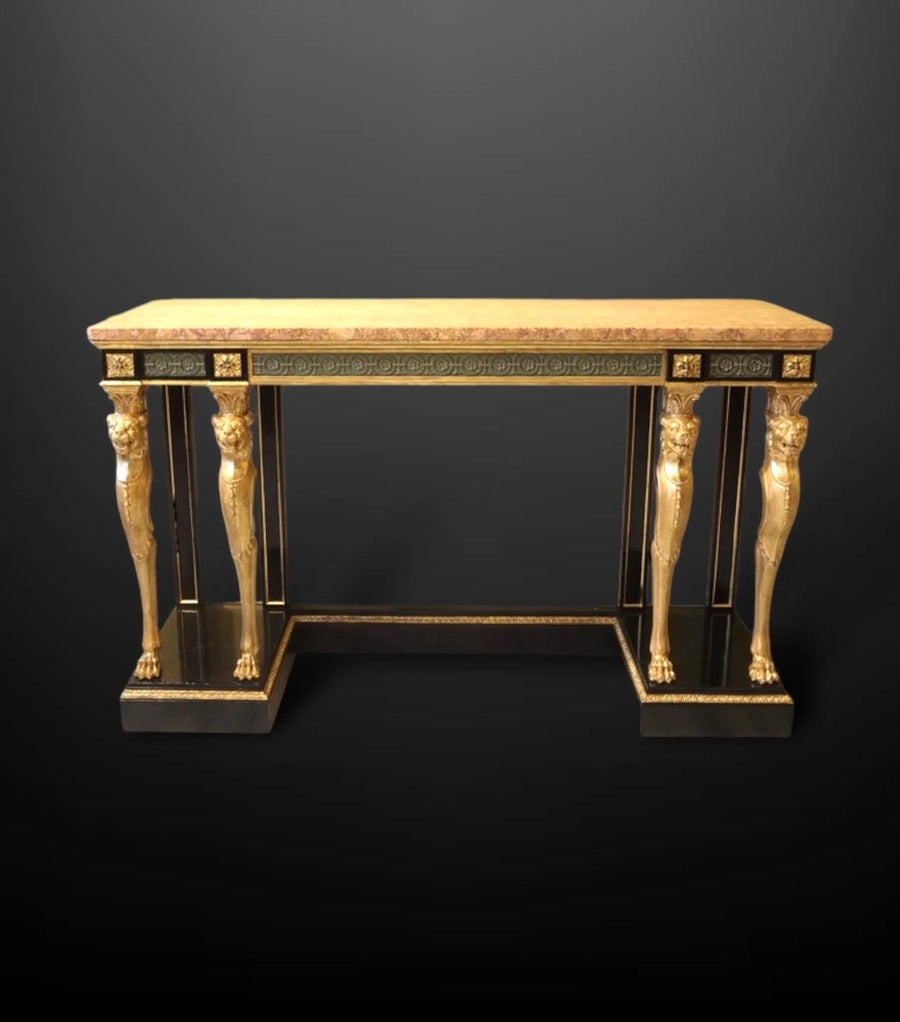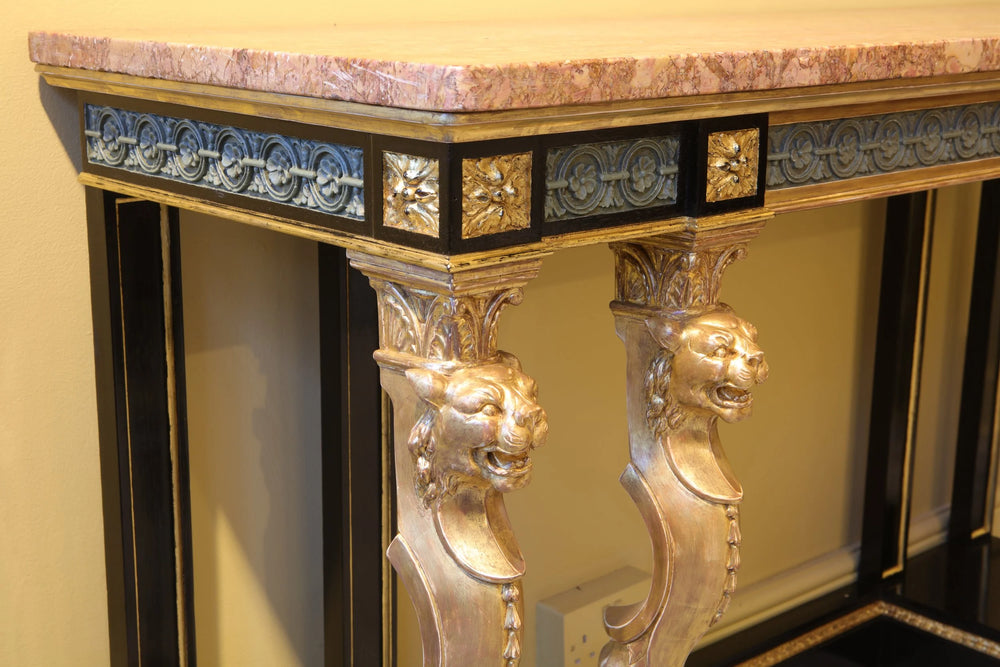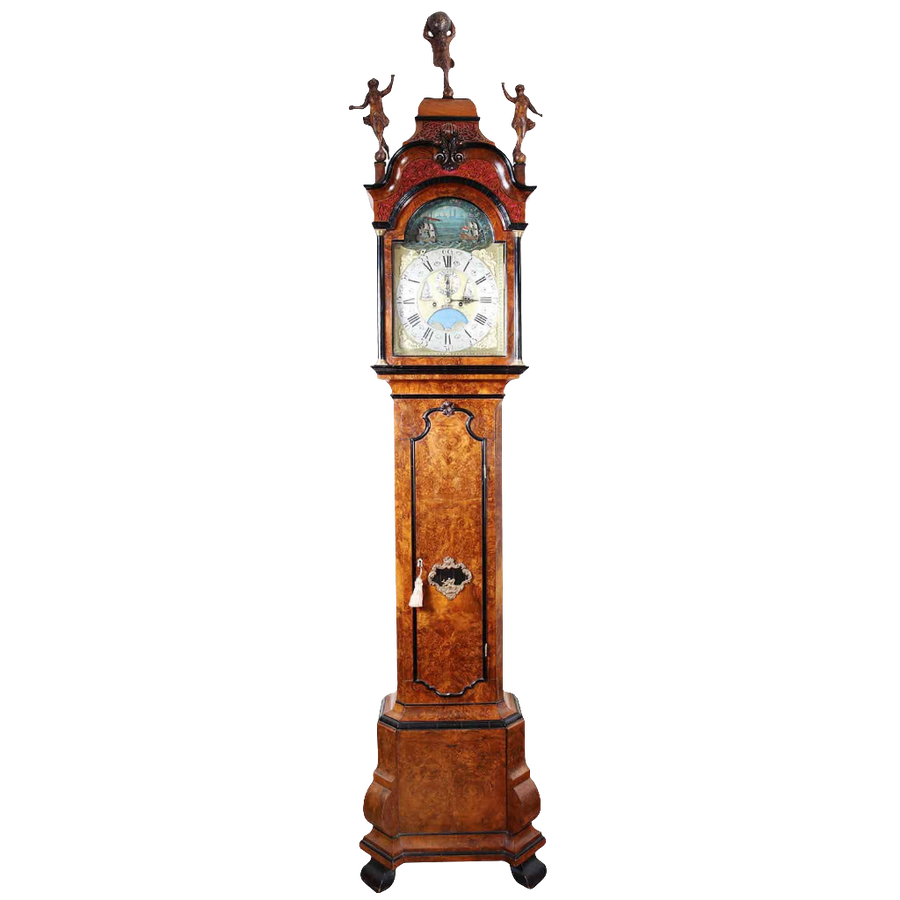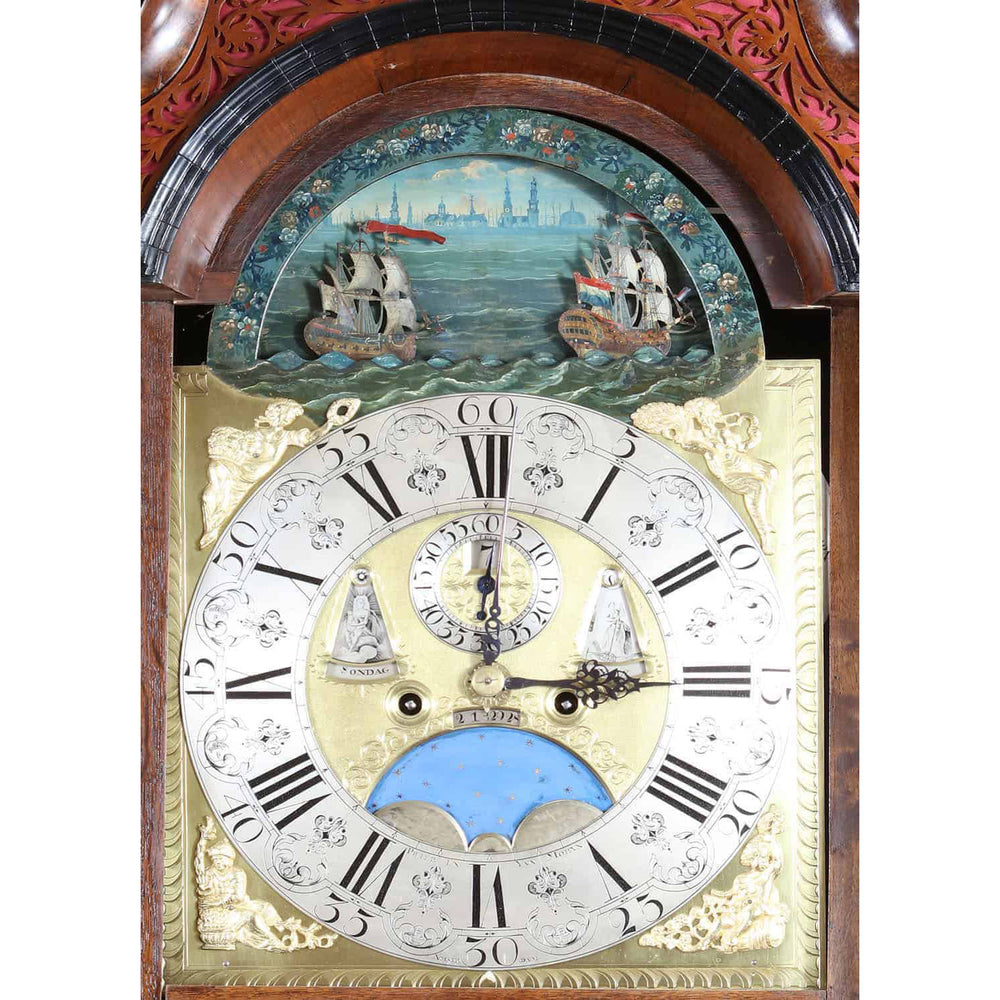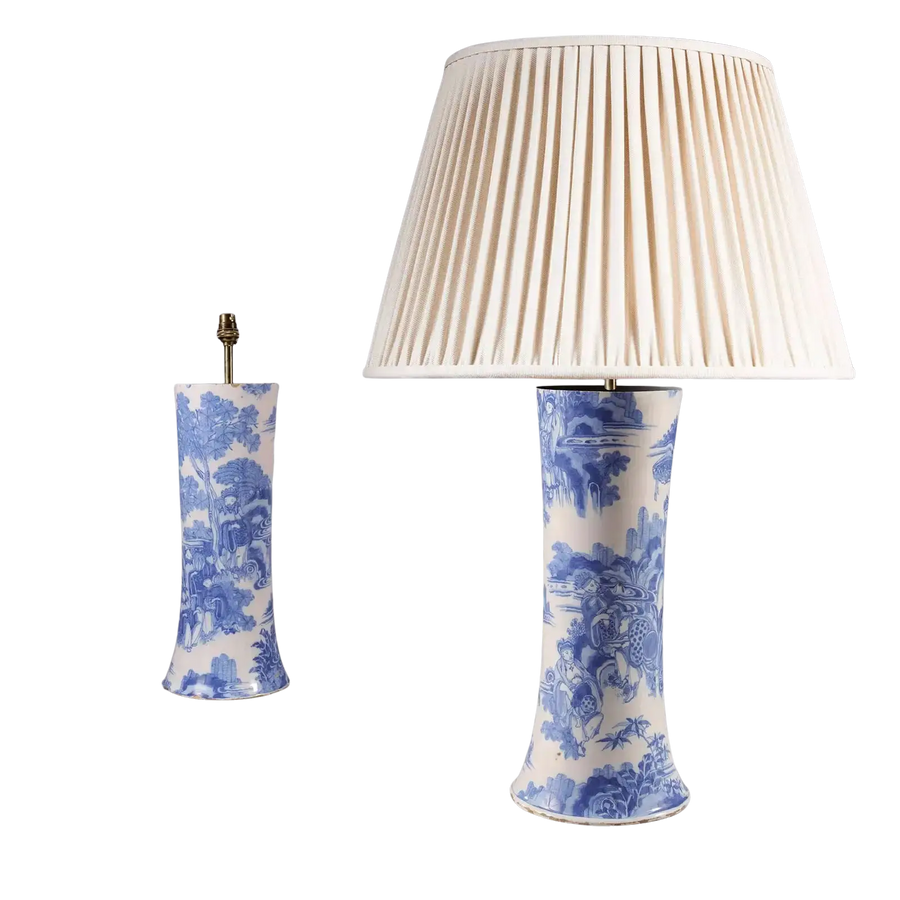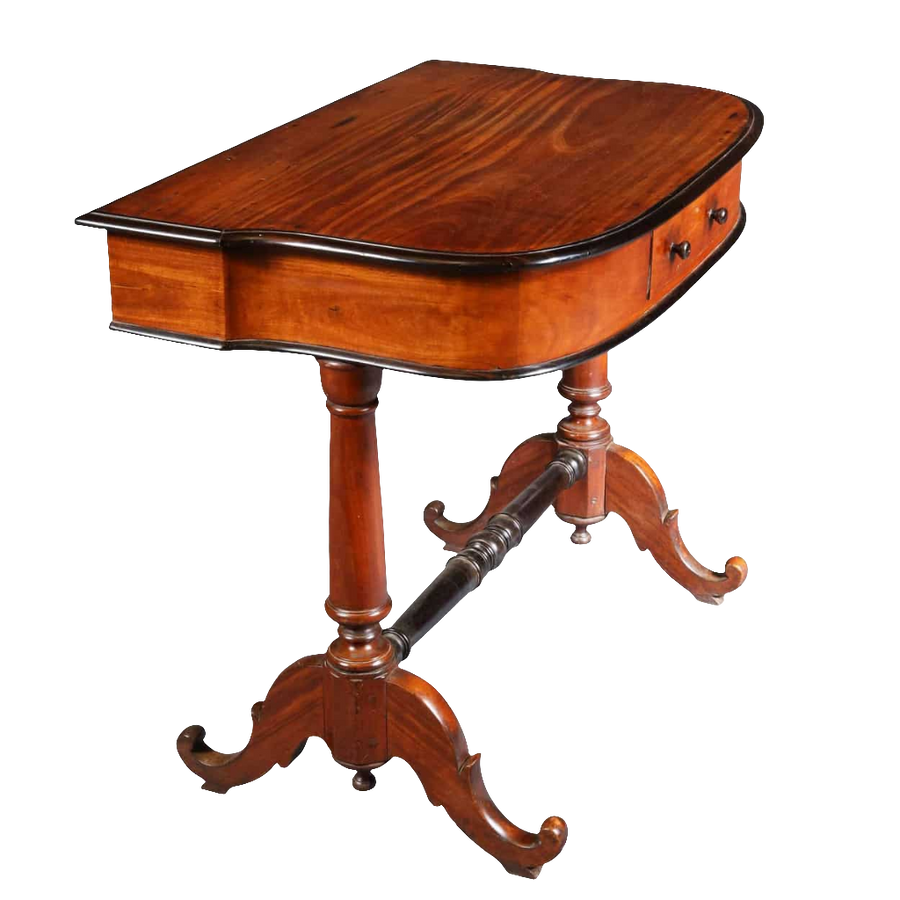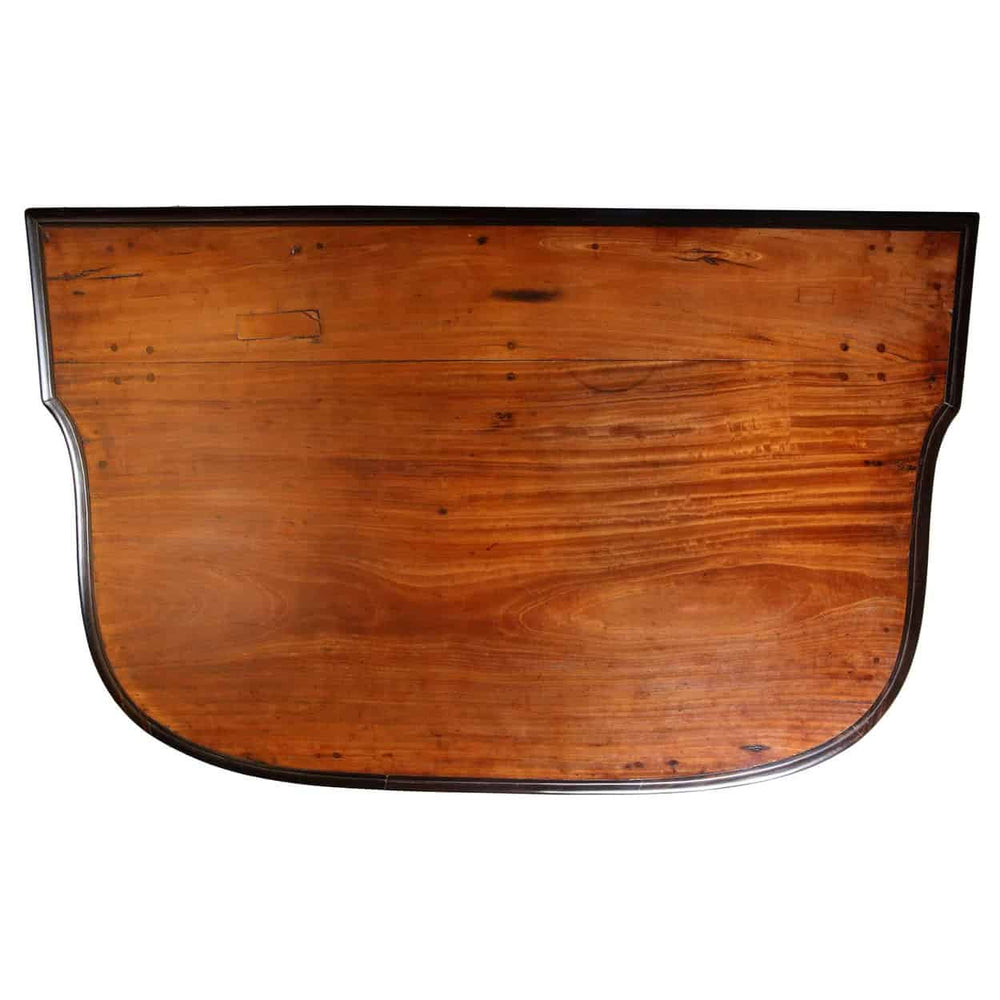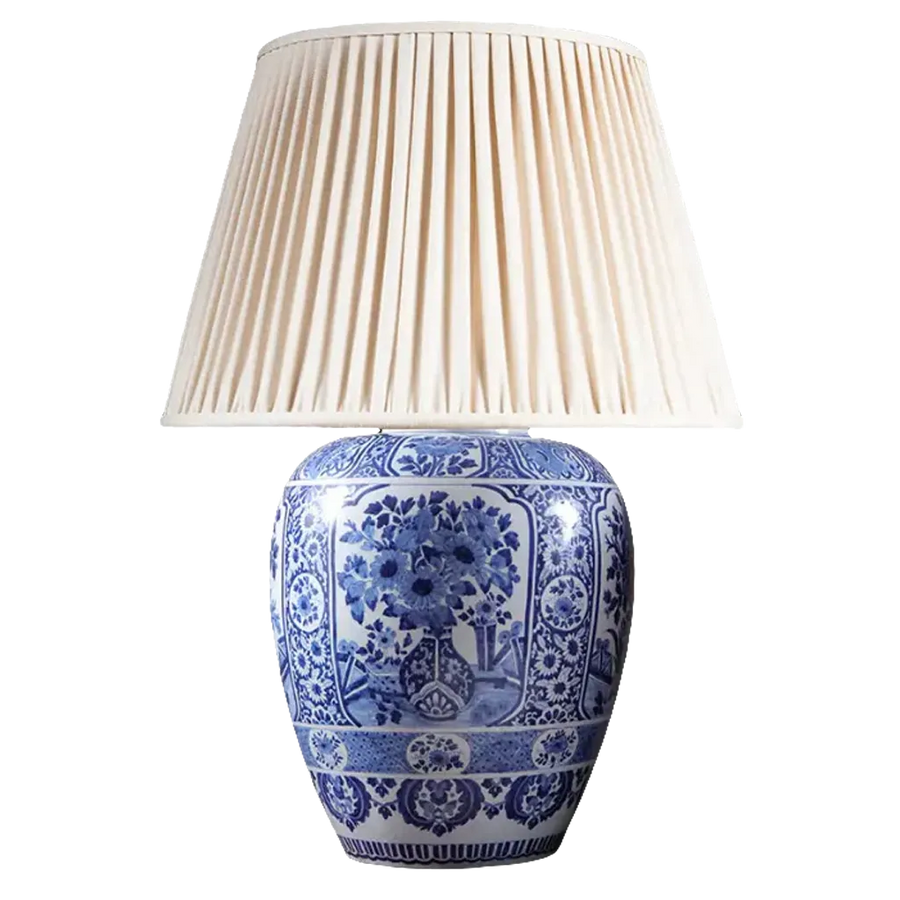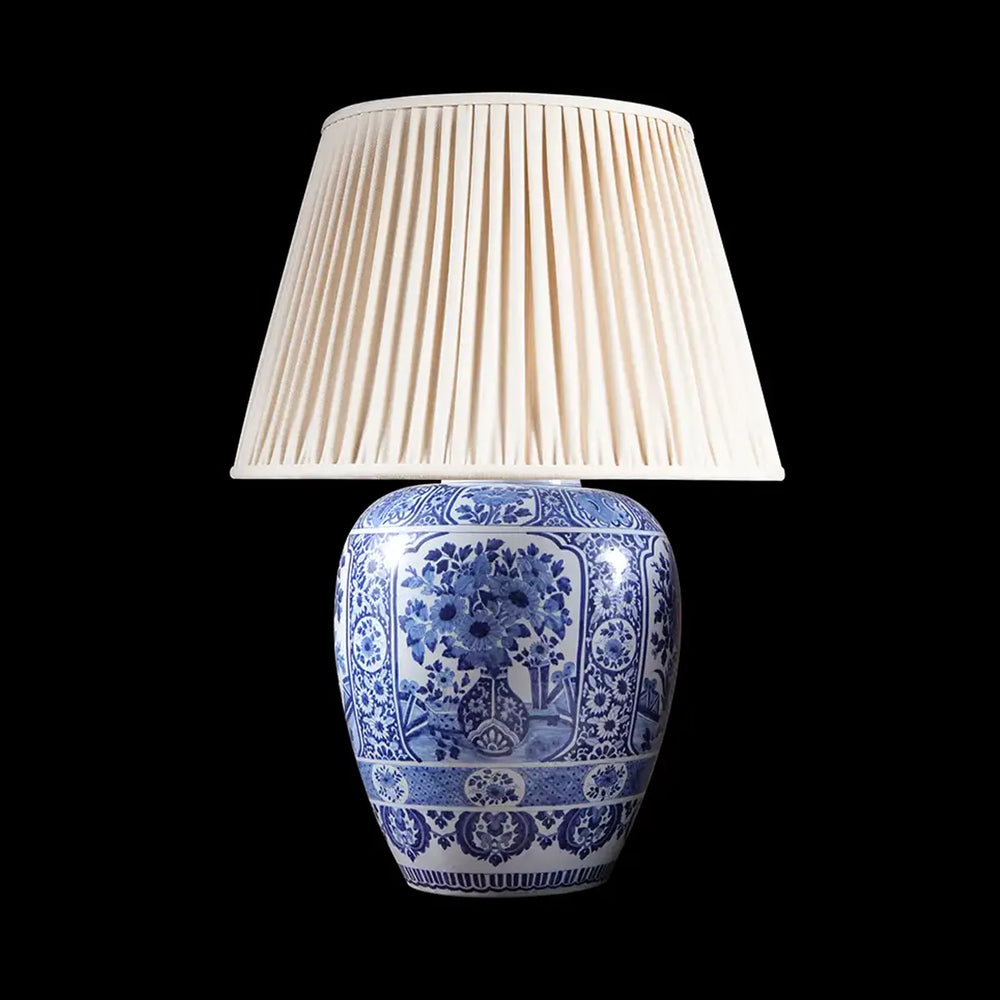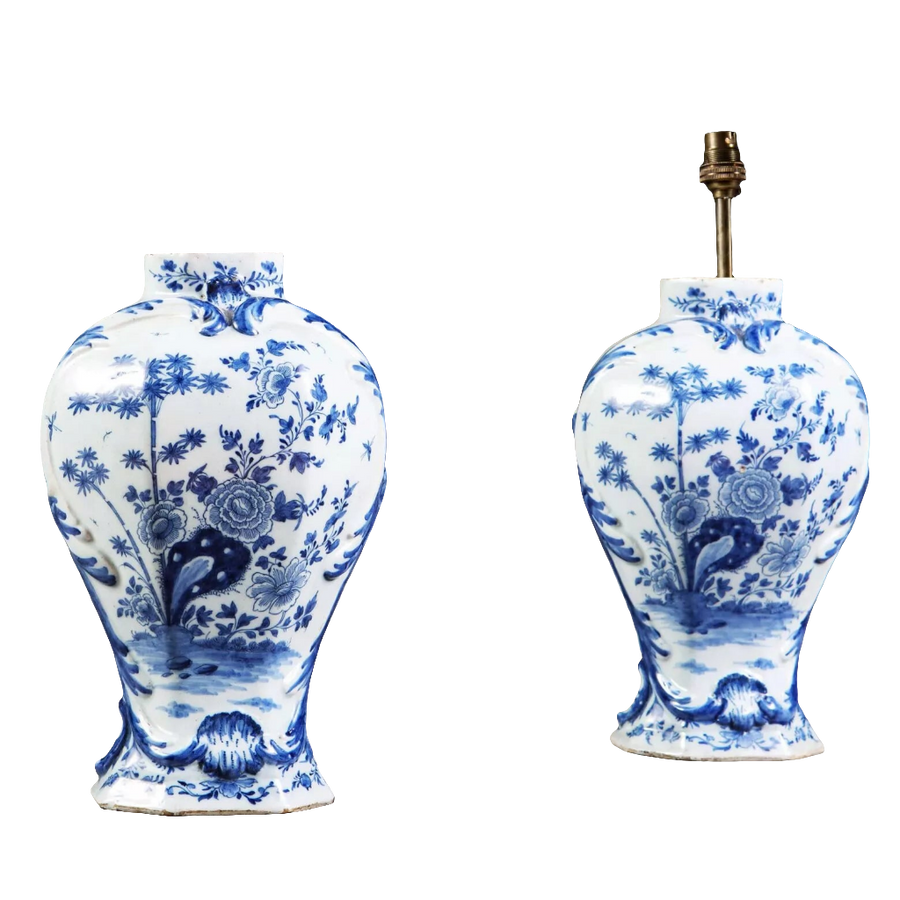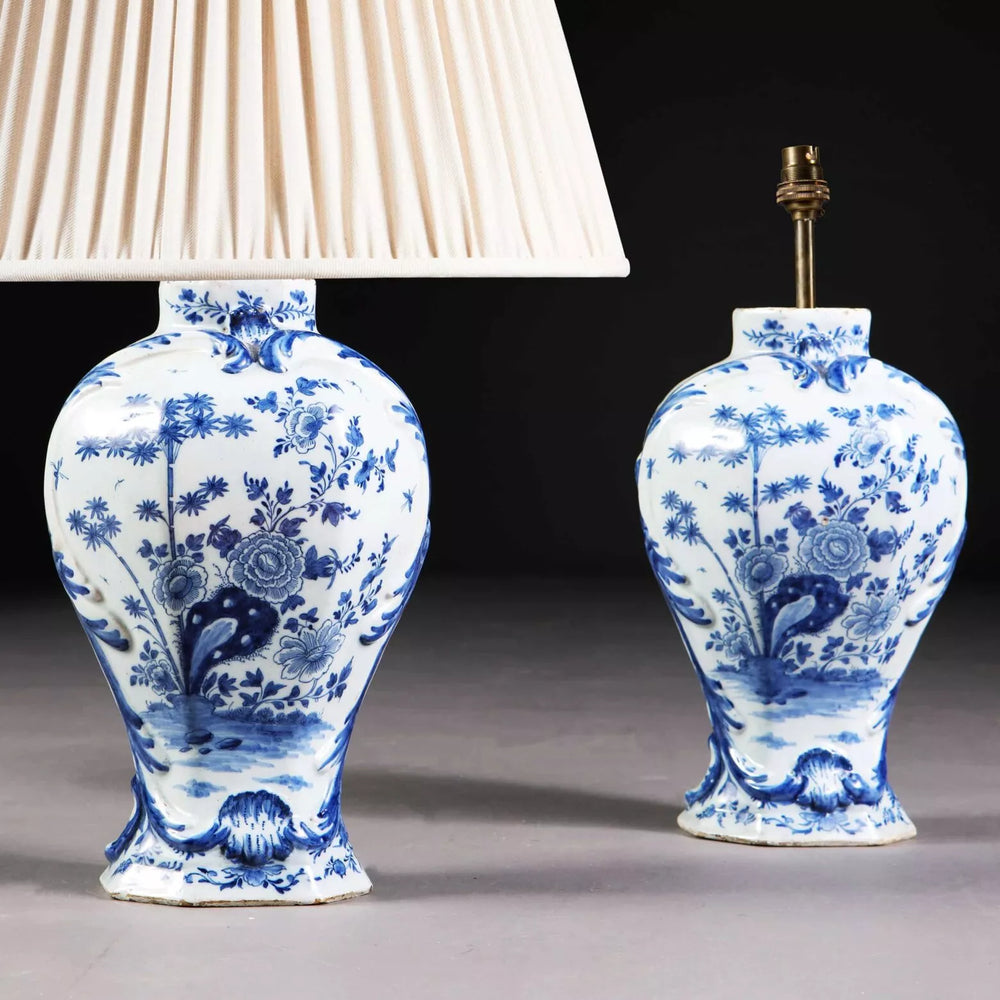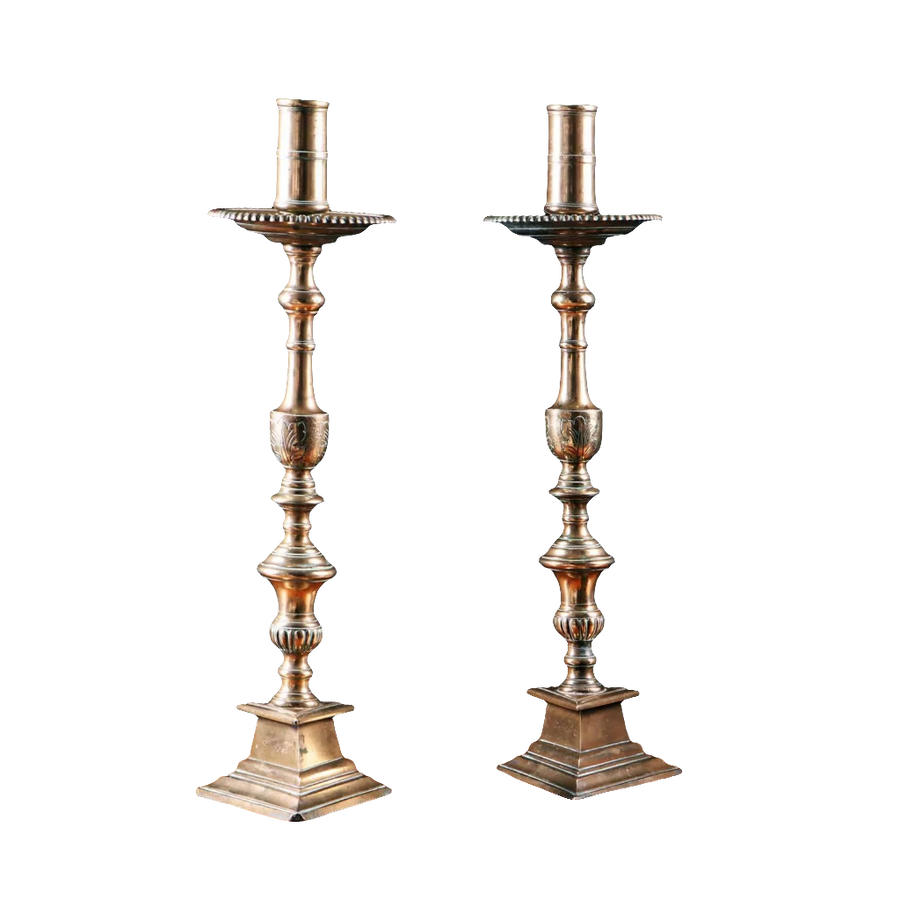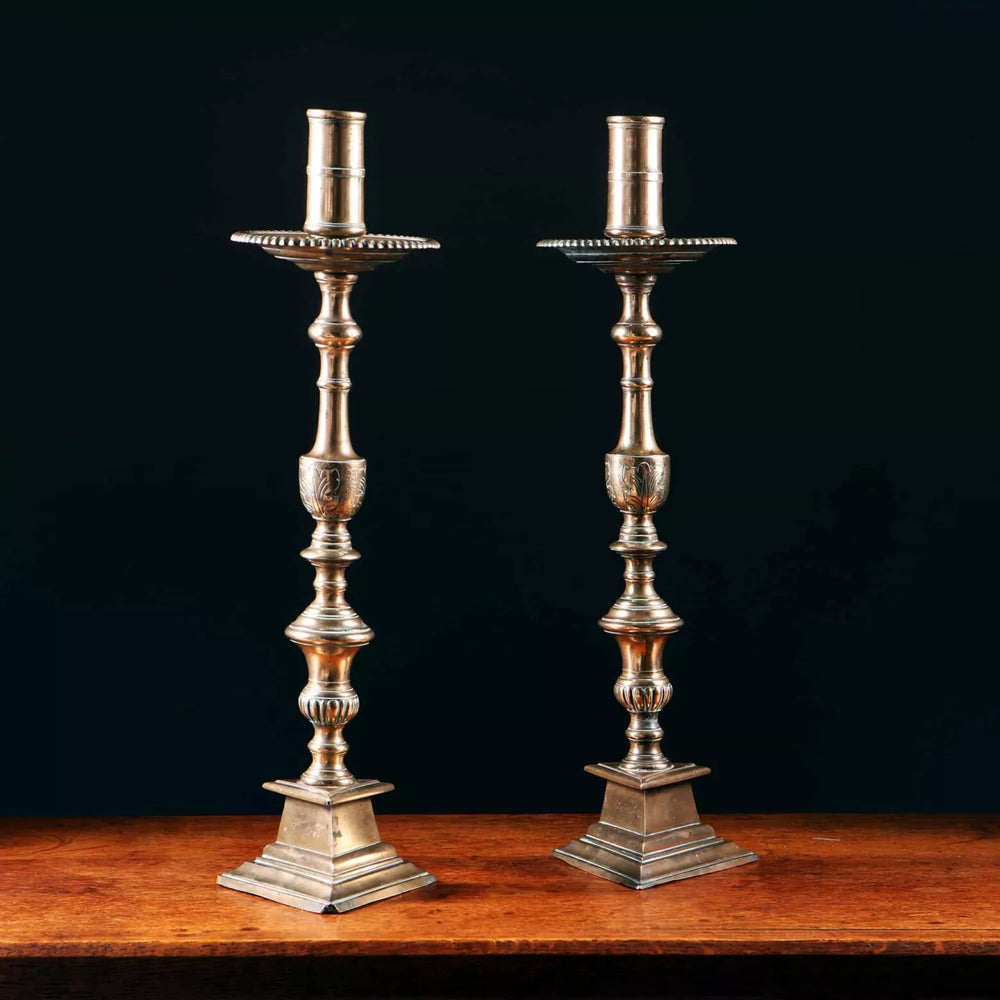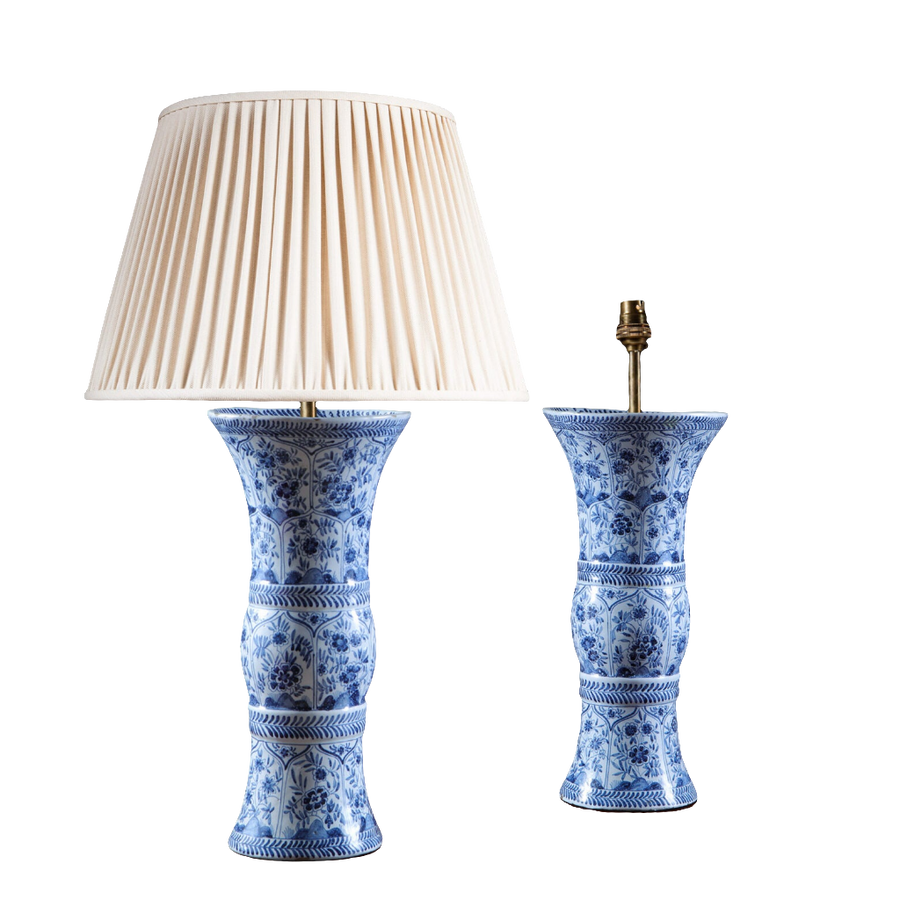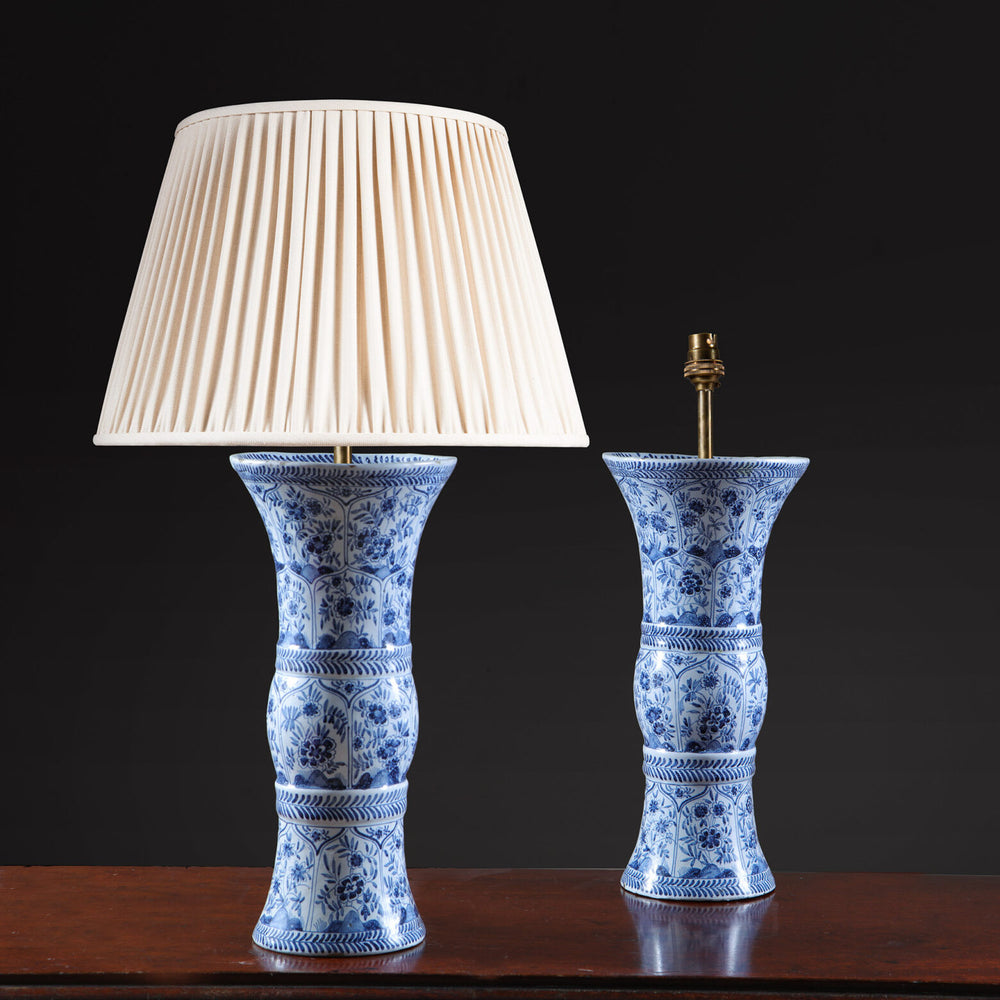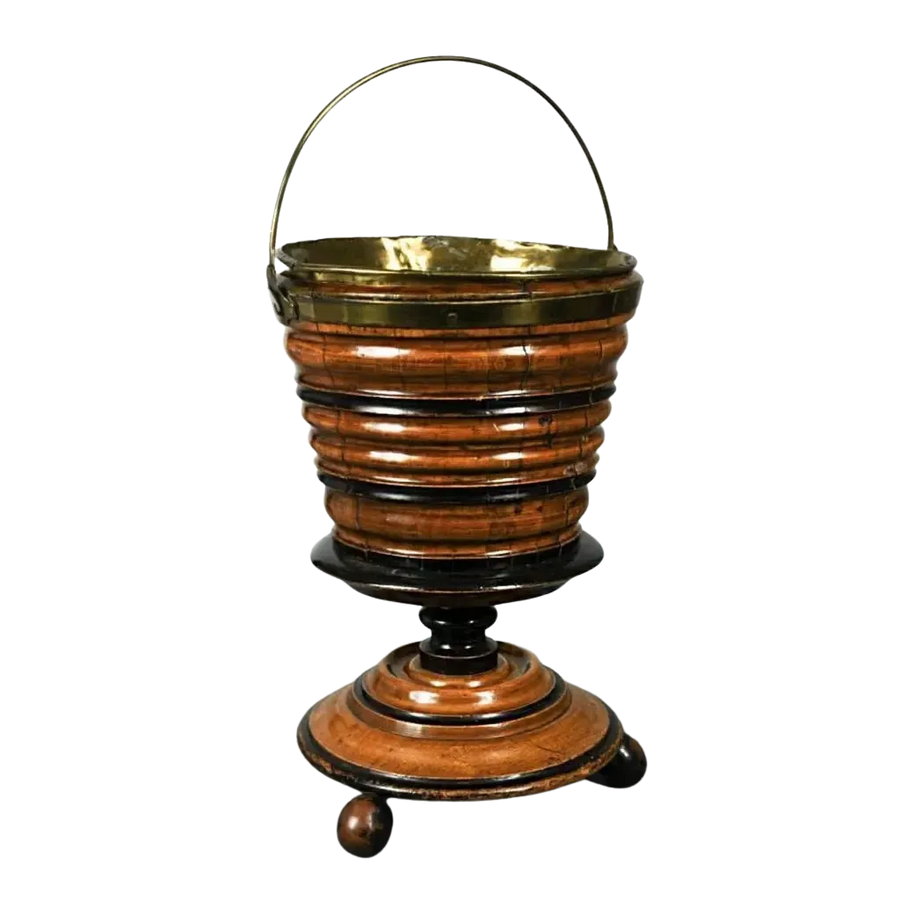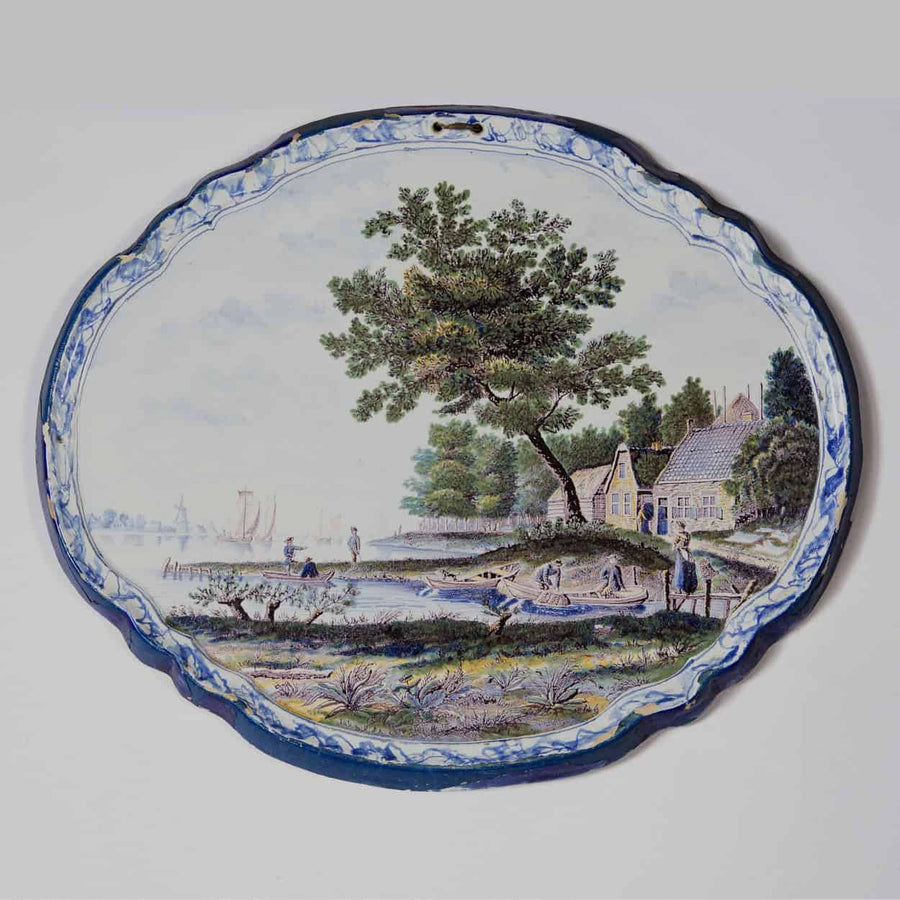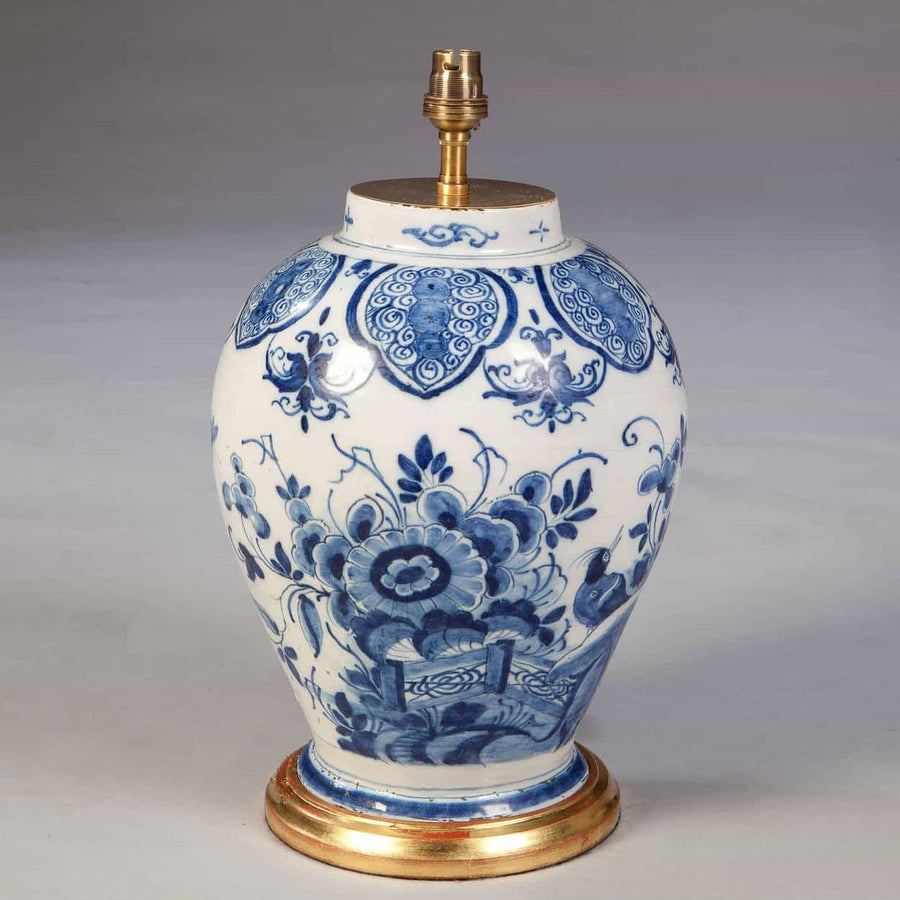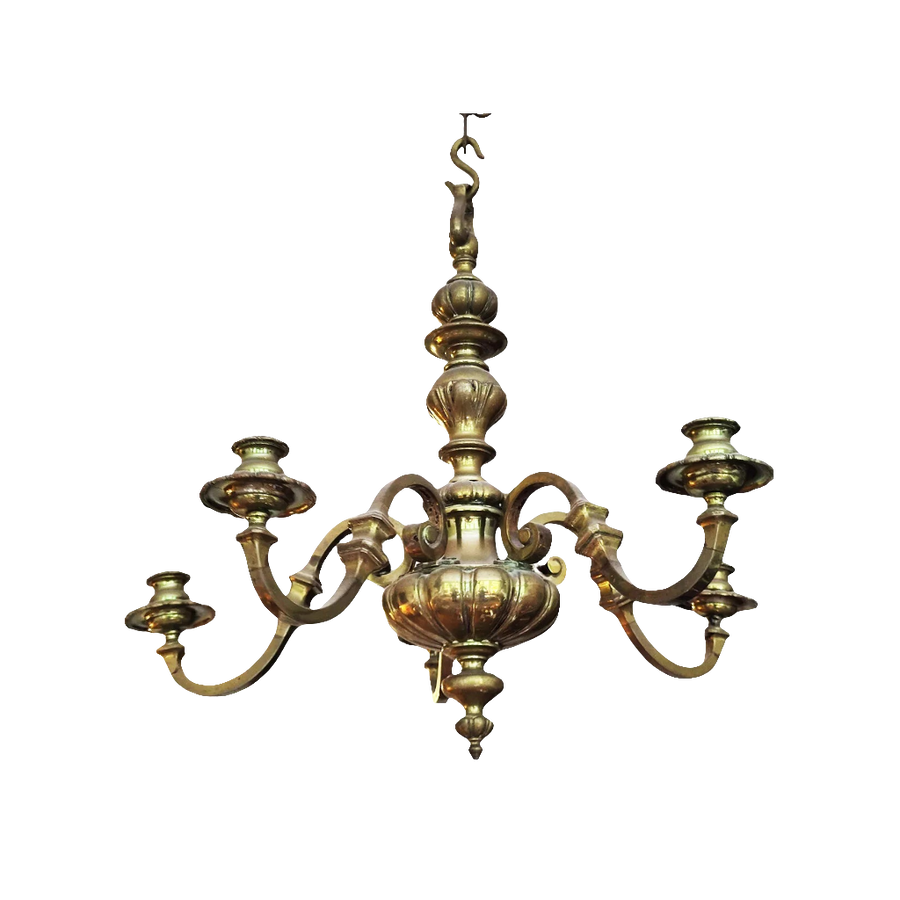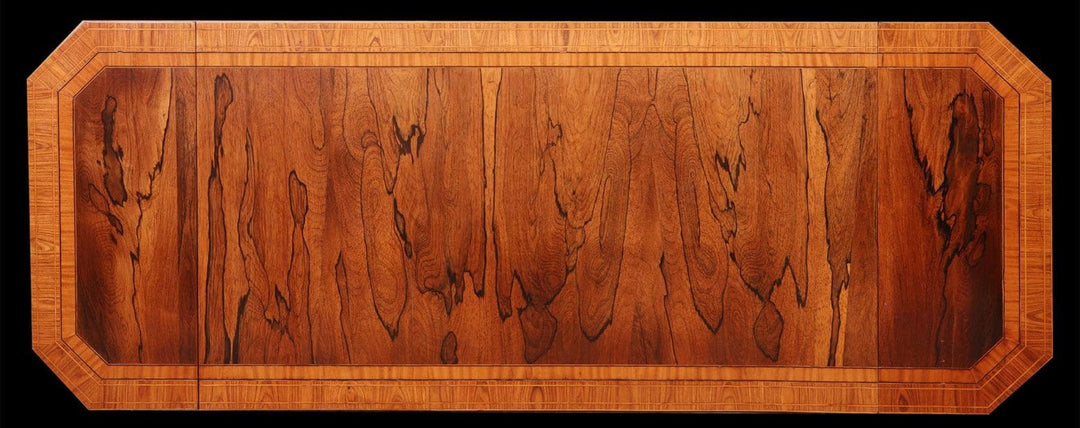
Dutch Decorative Arts in the 18th and 19th Centuries
During the 18th and 19th centuries, the Dutch played a pivotal role in the decorative arts, significantly influenced by their expansive trade networks and colonial empire. This period marked the Netherlands' emergence as a prominent maritime and colonial power, shaping decorative arts both within the Dutch Republic and globally.
1. Global Trade Networks
The Dutch established one of the most extensive maritime trade networks of the era, driven primarily by the Dutch East India Company (VOC) and the Dutch West India Company (WIC). These networks facilitated the importation of exotic materials and objects from Asia, Africa, and the Americas. Items such as spices, textiles, porcelain, and precious metals enriched the Dutch economy and profoundly influenced decorative arts.
2. Influence of Asian Art
Asian art, particularly Chinese and Japanese, had a lasting impact on Dutch decorative arts. The importation of Chinese porcelain, for example, inspired the creation of Delftware, a distinctive Dutch pottery style mimicking Chinese blue and white porcelain. Similarly, Japanese art influenced Dutch prints and decorative objects, contributing to the Japonisme trend that later swept across Europe.
3. Colonial Wealth and Patronage
The wealth generated from colonial trade fuelled a flourishing arts and culture scene in the Netherlands. Economic prosperity allowed both the merchant class and the aristocracy to patronise the arts. Wealthy citizens commissioned a wide range of decorative items, including furniture, silverware, ceramics, and textiles, fostering a vibrant market for these goods.
4. Dutch Colonial Furniture
Furniture from Dutch colonial territories, particularly the East Indies (modern-day Indonesia), exemplified a unique blend of styles. Combining European forms with local materials and decorative techniques, this furniture became highly sought after both in the colonies and the Netherlands, showcasing a fusion of cultural influences.
5. Innovation in Glass and Crystal Production
Dutch craftsmanship in glass and crystal production reached new heights during this period. The town of Leerdam, in particular, gained renown for its high-quality glassware. Dutch glassmakers were innovative in their techniques and designs, cementing the Netherlands' reputation in the European glass industry.
6. Transfer of Knowledge and Techniques
Global trade enabled not only the exchange of goods but also the transfer of artistic knowledge and techniques. Dutch artisans, influenced by styles and methods from their colonies and trade partners, incorporated these elements into their creations. This cross-cultural exchange enriched Dutch decorative arts and spread their innovations across Europe.
7. Legacy in Silver and Metalwork
Dutch silver and metalwork from this era are celebrated for their exquisite craftsmanship and design. Silversmiths in cities such as Amsterdam and Utrecht produced elegant pieces often reflecting maritime or colonial motifs. These works symbolised the wealth and status of their patrons while contributing to the broader European decorative arts scene.
The Dutch contribution to decorative arts in the 18th and 19th centuries was inextricably linked to their trade networks and colonial empire. The influx of wealth and exotic materials from their global ventures influenced Dutch aesthetics and production techniques, leaving a lasting impact on European decorative arts. The Dutch excelled as cultural intermediaries, blending foreign influences with their traditions to create unique and enduring styles that continue to be celebrated today.
image:
Merry Company on a Terrace, Jan Steen Dutch,




